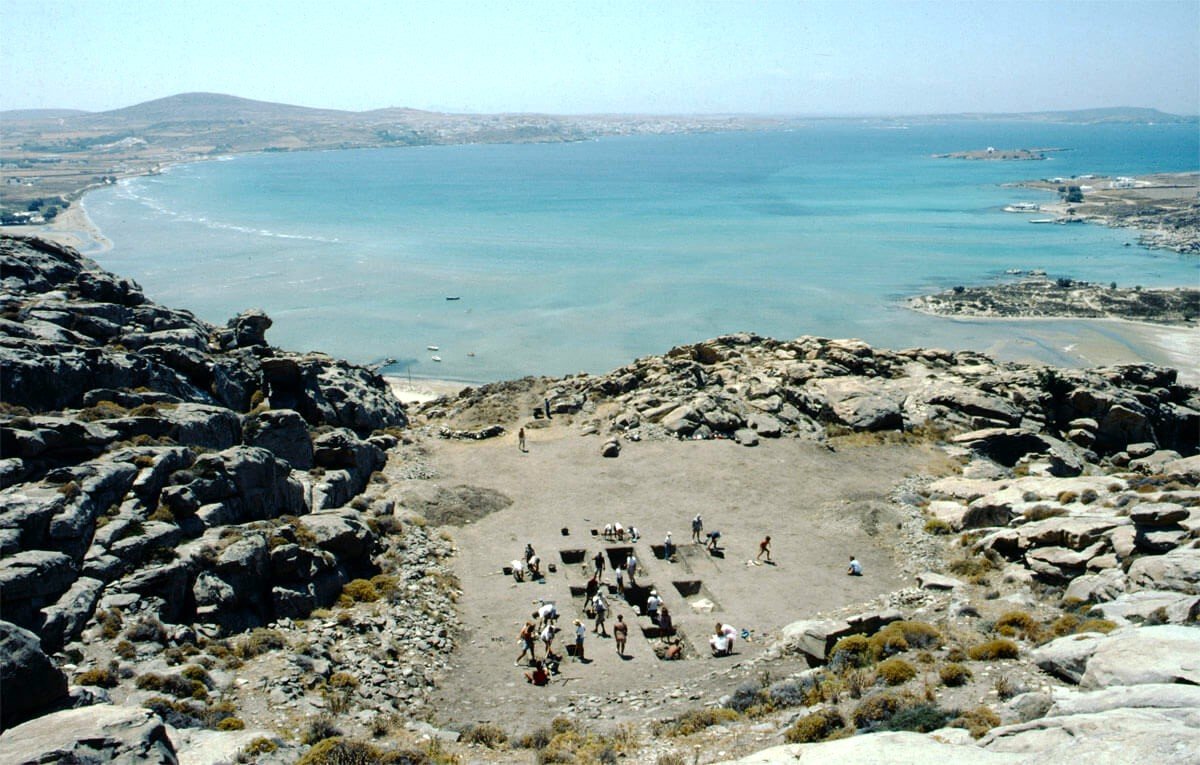The Mediterranean Sea, with its azure waters and rich historical tapestry, continues to be a treasure trove for underwater archaeologists. Recent developments have given enthusiasts and historians another reason to celebrate, as a team of researchers announced the discovery of 15 new shipwrecks along the coasts of Antalya and Mersin, adding to the region's already impressive tally of 350 shipwrecks. This remarkable find holds the promise of shedding light on the intricate tapestry of trade, social structure, and economic conditions of the era.
The Mediterranean region has long been a focal point for divers and archaeologists, boasting 222 diving points and a maritime history that spans thousands of years. Underwater excavations have revealed a wealth of ancient shipwrecks, each serving as a portal to the past. The newly discovered wrecks, the result of a collaborative effort involving 20 foreign researchers from 12 different countries, are expected to provide invaluable insights into the past.
"These wrecks possess the characteristic of a time capsule. If we discover a shipwreck dating back to BC, we can understand how amphorae were produced and what ship technologies existed through the artifacts found inside," explains subaquatic archaeologist Hakan Öniz, emphasizing the unique historical significance of each wreck. "Each wreck is like a book," he adds, highlighting the importance of their preservation and continued study.
Intriguingly, during the initial examinations conducted inside some of the newly discovered ships, no objects or materials were found. Öniz and his team theorize that these ships met their untimely demise during storms while returning after unloading their cargo, leaving their cargo bays empty but their historical stories intact.
The significance of the discovery goes beyond mere historical fascination. The wrecks are vital pieces of our shared human heritage, holding clues about trade networks, the maritime technologies of their respective eras, and the social and economic conditions that existed during their time. These archaeological treasures have the power to rewrite history books and deepen our understanding of ancient civilizations.
The protection and preservation of these newfound relics are of paramount importance. The precise locations of these wrecks have been identified and reported to the Culture and Tourism Ministry. This action ensures that these invaluable sites remain unharmed by potential threats from construction projects, such as harbors, that may inadvertently disturb or damage these historical remnants.
One standout discovery in this underwater wonderland is the Kumluca Middle Bronze Age Shipwreck, considered the world's oldest shipwreck. This ancient vessel sank due to a storm 3,600 years ago and recently yielded a treasure trove of 30 copper ingots, each weighing a substantial 25 kilograms. The meticulous research, assisted by robots that descended to depths of 300 meters, took two months to complete. This discovery offered a glimpse into the ship's intended voyage; it was en route to a western port, carrying copper ingots sourced from the mines of Cyprus Island when it met its tragic end.
Hakan Öniz notes, "This is the world's oldest trade shipwreck. When we examine the artifacts inside the ship, we gain insights into the trade of that era. The copper ingots were used as a form of currency in its time. The Kingdom of Cyprus or the Assyrians paid their taxes with copper ingots. The primary purpose was to melt them down again and transform them into sculptures, weapons, pottery, and other products. They have an average weight of 25 kilograms and are 45 centimeters long." This discovery helps us understand not only the trade routes and economic systems of the time but also the importance of copper as a valuable resource.
Amid the copper ingots, the excavation team unearthed pieces of amphorae and personal belongings of the ship's crew, adding layers to the narrative of this ancient maritime tragedy.
The Mediterranean Sea continues to yield its secrets, providing a living connection to our distant past. These newly discovered shipwrecks in Antalya and Mersin remind us of the intricate and vibrant history that lies beneath the waves, awaiting the patient and diligent work of underwater archaeologists to bring it to the surface. Each shipwreck is a time capsule, a book, and a testament to the human spirit of exploration and trade, preserving stories that continue to captivate our imagination. The legacy of these shipwrecks will live on, providing valuable insights for generations to come.




































































